Easter is synonymous with the Easter Bunny and his basket of goodies. The basket he carries, overflows with Easter eggs made of sugar or chocolate, hot-cross buns, jellybeans and other tasty treats for children...
Easter Sunday signifies the end of the Lenten season, a 46-day period that begins on Ash Wednesday and signifies the period of atonement in preparation for the most important festival of the church year. Easter Sunday marks the day of the resurrection of Jesus Christ.
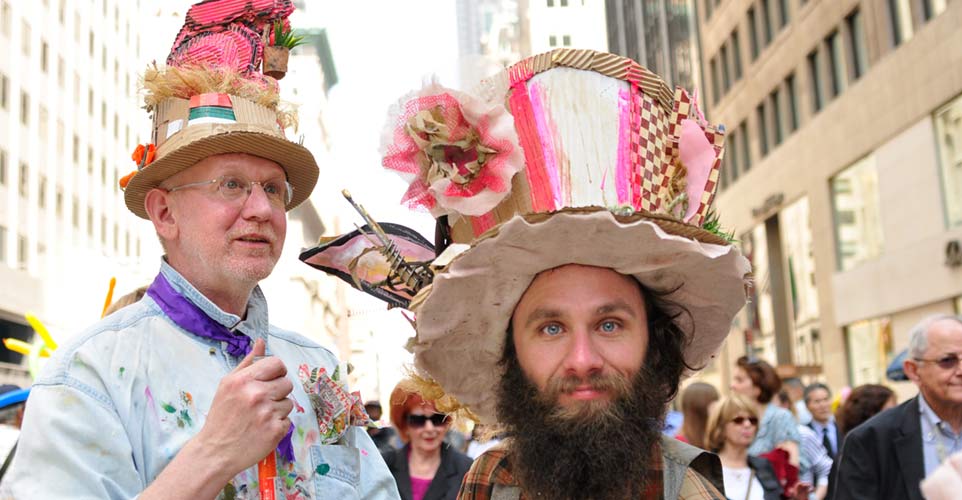
The word ‘Easter’ comes from Eostre, an ancient Anglo-Saxon goddess, originally the goddess of dawn, in whose honour an annual spring festival was held. Some Easter customs have come from this and other pre-Christian spring festivals, celebrated in honour of the Scandinavian goddess named Ostra.
The Easter Bunny forms a major part of the Easter celebrations. The buuny, or rabbit, is already part of Christian folklore, being the most fertile animals known and thus, signifying the beginning of new life in the spring season. It is the season when flowers bloom, caterpillars emerge from their cocoons to form the magnificent butterfly, and birds return home with the winter nearing an end.
The symbol of the Easter bunny seems to have its origins in Germany, and was, thereafter, introduced to American culture. It has, since then, become one of childhood’s greatest pleasures, along with the Easter egg.
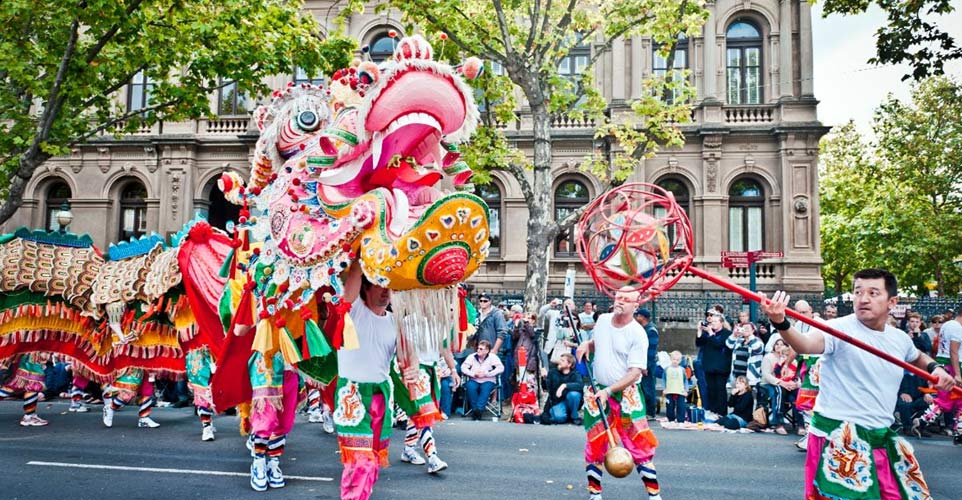
The egg, of course, represents Nature's perfect package. It has, during the span of history, represented mystery, magic, medicine, food and good omen. It is the universal symbol of Easter celebrations throughout the world and Easter eggs, usually made of plastic, are dyed, painted, adorned and embellished in bright colours, to make them attractive. These are given to others as gifts.
Children believe that if they are good, the Easter bunny would leave them a nest of coloured chocolate or candy eggs. They, therefore, scour the designated area with their baskets, desperately seeking the eggs that the Easter Bunny has left for them. These are usually plastic eggs that have been stuffed with toys and goodies. The Bunny comes from the same special place as the Tooth Fairy and Santa Claus, all of whom leave gifts for children as they sleep.
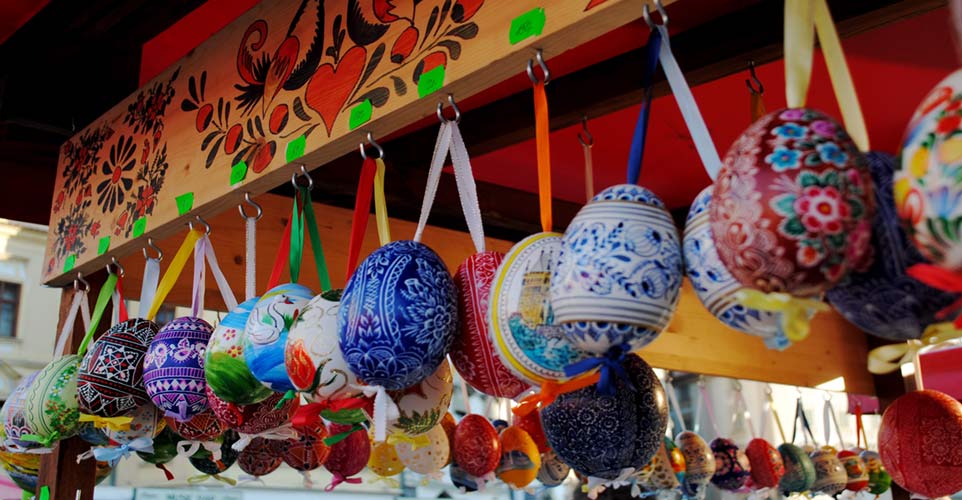
Being one of the holiest festivals in the Christian calendar, Easter is celebrated around the world with fanfare and religious vigour. While the religious observations of the festival follow the Christian church, the basic contours of the Easter celebrations may vary in different countries due to regional influences.
In many countries, hot cross buns are considered to be as symbolic as the egg at Easter. These are a type of sweet buns made with currants and leavened with yeast. The signifying aspect is that of a cross made on top with icing or even cut into the bun itself. This cross signifies the crucifixion of Christ.
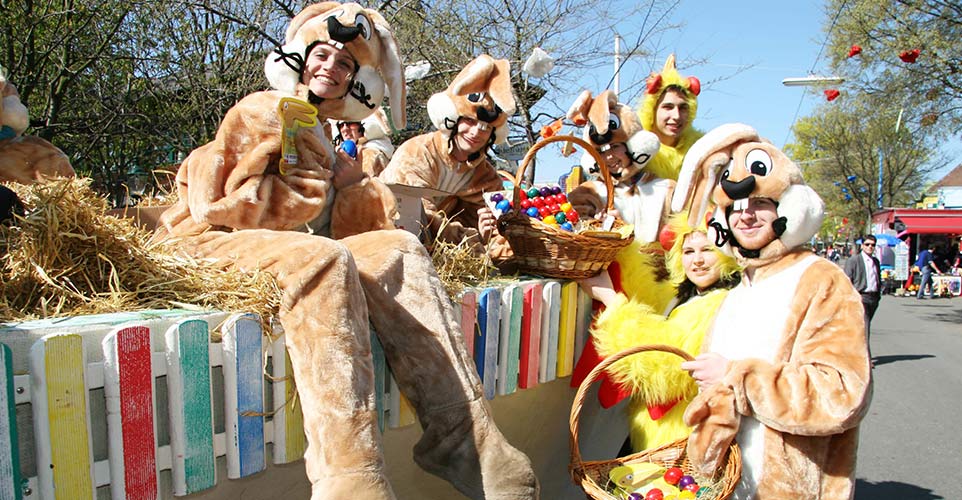
These variations straddle almost all the aspects of the Easter celebrations. While in the majority of countries, the bunny is the prominent symbol of Easter, in France, Easter fish and bells are the major Easter icons.
Pre-Lent carnivals are held across the world, with the Rio de Janeiro Carnival being the most famous one. In many Eastern European countries, the Easter egg decoration forms an integral part of the Easter celebrations. But in today's age of rampant commercialisation, the religious significance of Easter is fast losing its relevance. People are increasingly embracing the festive aspect of the festival, and Good Friday and Easter Monday have become a welcome extension to the weekend and a chance to go on the first spring vacation.
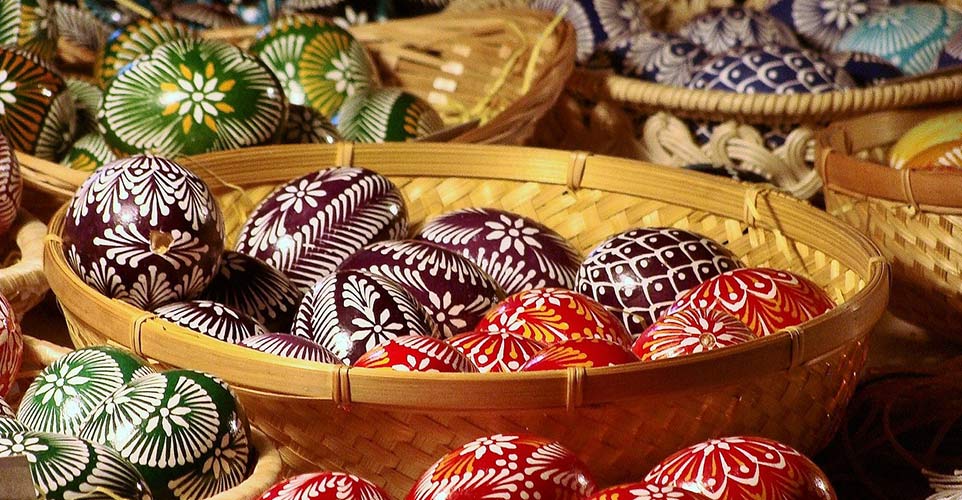
Every country has its own customs. In the northern counties of England, the children go around begging for eggs and other presents, and acting out the Pace Egg Play, that illustrates the Passover Feast of the Jews, known as “Pace Egging”. In Poland, girls send eggs to their favourite boyfriends, while Finnish children beat grown-ups with birch twigs until they were given eggs for ransom.
Easter celebrations in India date back to the British colonial yoke. Moreover, there are influences of the Portuguese and French rule in some parts of the country. Even though the Christian population in India constitutes a minority of the total population, Christians all over the country, especially in Mumbai, Goa and the North-Eastern states, make elaborate arrangements for Easter. Worshippers throng the churches for special prayers and rituals. In fact, Good Friday is a compulsory public holiday declared by the government of India.
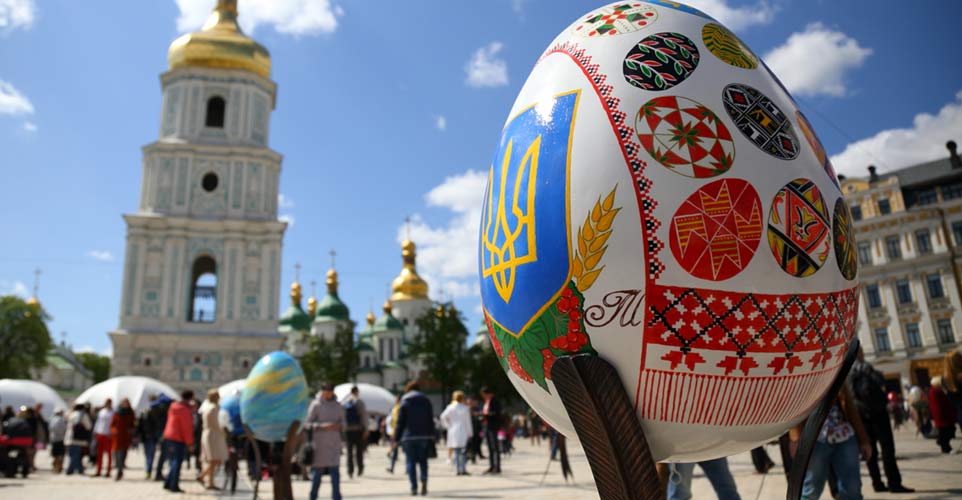
This year, Easter is going to be celebrated on the earliest date since the year of 1913. Children may be hunting for Easter eggs in the snow and women might be wearing their Easter finery under heavy coats. Nonetheless, Easter celebrations are in full swing and guarantee to bring lots of happiness and joy to those around.
